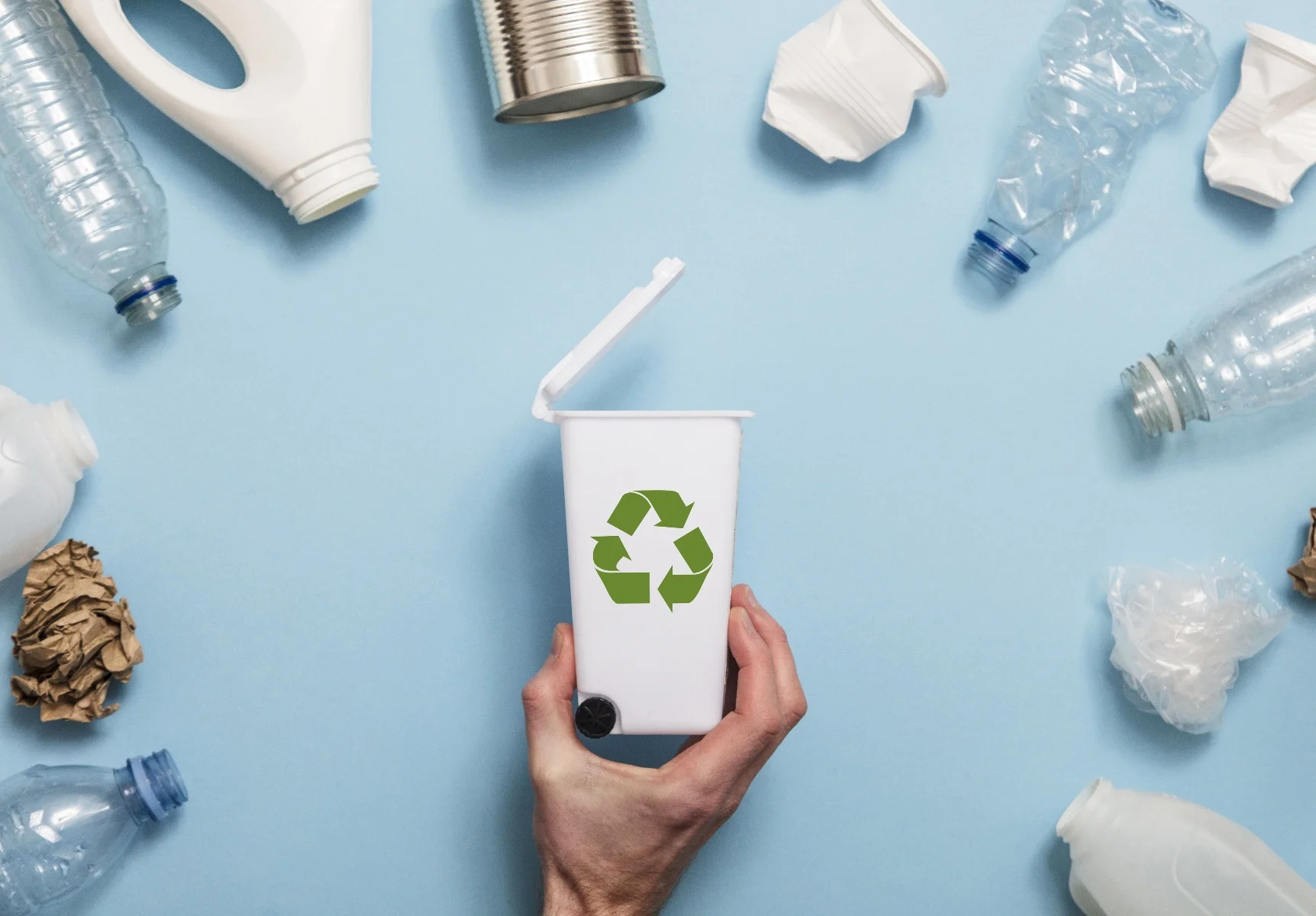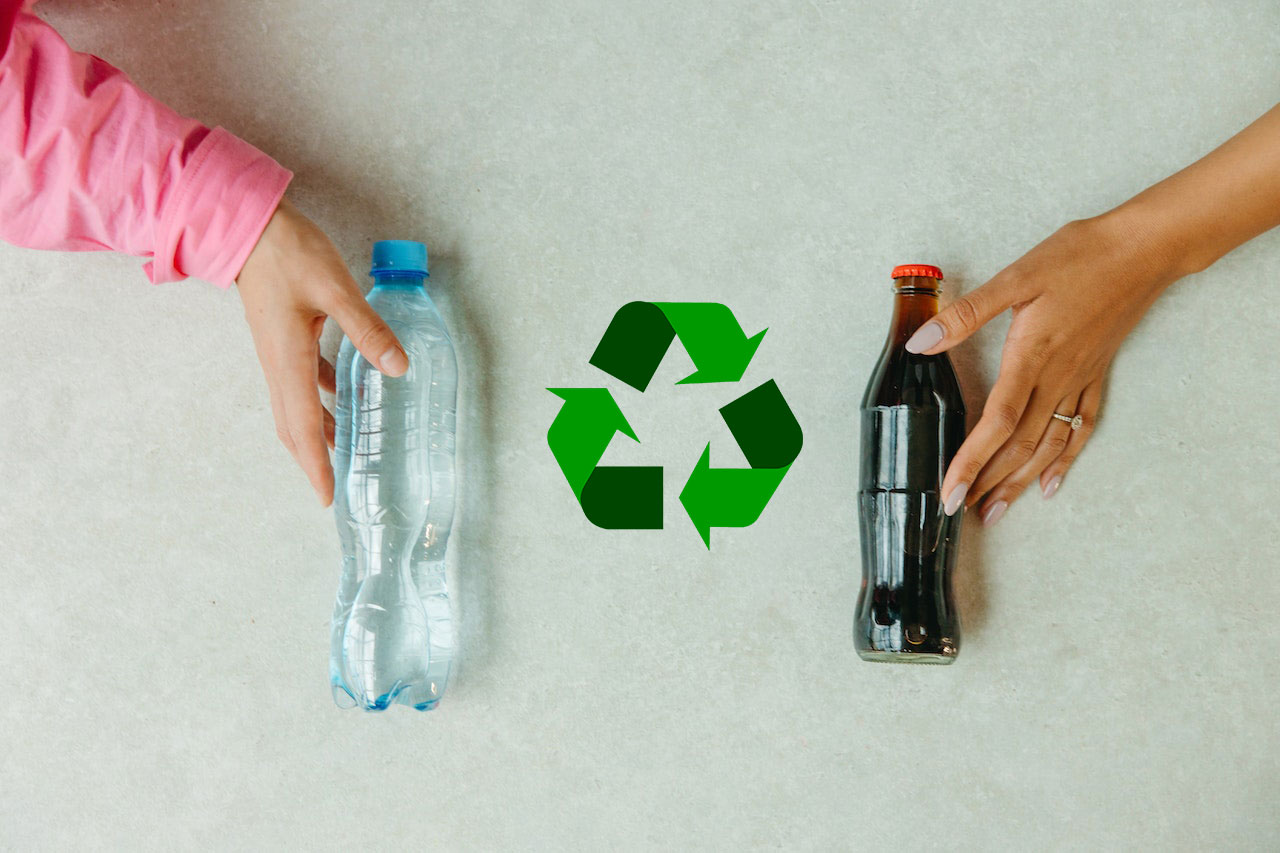Best Practices and Success Stories from Large Enterprises
In today’s corporate landscape, reducing plastic waste isn’t just an environmental imperative—it’s a business advantage. According to the World Economic Forum’s 2024 report, enterprises that implement comprehensive plastic reduction strategies see an average 12% reduction in operational costs while significantly enhancing their brand value.
Successful Enterprise Initiatives
Google’s Zero Waste to Landfill Program
Results achieved:
- Eliminated 1.2 million plastic bottles annually
- Implemented reusable dishware across all campuses
- 95% waste diversion rate achieved by 2023
Key strategies:
- Installed filtered water stations throughout offices
- Provided employees with reusable water bottles
- Removed single-use plastics from cafeterias
Microsoft’s Plastic-Free Workplace
Implementation:
- Banned single-use plastics across global operations
- Saved $4.5 million annually in procurement costs
- Reduced plastic waste by 87% within two years
Solutions deployed:
- Smart water dispensing systems
- Reusable container programs
- Plastic-free packaging requirements for suppliers
Practical Solutions for Enterprises
1. Office Water Management
Proven strategies:
- Install filtered water stations (ROI within 8-12 months)
- Provide branded reusable bottles
- Implement IoT-enabled dispensers for usage tracking
Success Case: Adobe
- Invested $200,000 in water infrastructure
- Annual savings: $350,000
- Plastic reduction: 2 million bottles annually
2. Supply Chain Modifications
Implementation steps:
- Audit packaging materials
- Partner with eco-conscious suppliers
- Establish plastic-free procurement policies
Example: Unilever
- Reduced packaging weight by 40%
- Saved €200 million in material costs
- Achieved 100% recyclable packaging in EU operations
3. Employee Engagement Programs
Salesforce’s Green Champion Initiative
Results:
- 90% employee participation
- 500,000 plastic items eliminated annually
- $200,000 annual cost reduction
Program elements:
- Department sustainability champions
- Monthly waste reduction challenges
- Recognition and reward systems
Cost-Effective Implementation Strategy
Phase 1: Assessment and Planning
- Conduct waste audit
- Identify high-impact areas
- Calculate ROI for different solutions
Timeline: 2-3 months Average cost: $15,000-25,000
Phase 2: Infrastructure Development
- Install water filtration systems
- Set up recycling stations
- Implement tracking systems
Timeline: 3-6 months Average cost: $50,000-150,000 (dependent on organization size)
Phase 3: Policy Implementation
- Develop procurement guidelines
- Establish vendor requirements
- Create measurement frameworks
Timeline: 1-2 months Average cost: $10,000-20,000
Measurable Impacts from Real Implementations
Amazon’s Plastic Reduction Initiative
Financial Impact:
- 27% reduction in packaging costs
- $95 million annual savings
- 1.6 million metric tons of waste eliminated
Dell’s Plastic-Free Packaging
Results:
- 85% plastic-free packaging achieved
- $18 million annual savings
- Customer satisfaction increased by 23%
Best Practices from Industry Leaders
1. Technology Integration
Successful implementations:
- Smart water dispensers with usage tracking
- IoT-enabled waste monitoring
- Automated recycling systems
Example: Intel’s Smart Campus
- 45% reduction in waste management costs
- Real-time waste monitoring
- Predictive maintenance for facilities
2. Vendor Management
Key strategies:
- Sustainable packaging requirements
- Vendor scorecards
- Joint sustainability initiatives
Case Study: Walmart
- 3,800 vendors enrolled in sustainability program
- 25% reduction in supply chain waste
- $3.4 billion in cost savings
3. Employee Education and Engagement
Accenture’s Waste-Free Workplace
Program elements:
- Monthly sustainability workshops
- Gamified waste reduction challenges
- Regular impact reporting
Results:
- 89% employee participation
- 76% reduction in office plastic waste
- Improved employee satisfaction scores
Measuring Success
Key Performance Indicators (KPIs):
- Waste Reduction Metrics
- Total plastic waste (kg/month)
- Waste per employee
- Recycling rates
- Financial Metrics
- Cost savings from reduced procurement
- Waste management cost reduction
- ROI on sustainable initiatives
- Employee Engagement Metrics
- Participation rates
- Suggestion implementation
- Satisfaction scores
Implementation Challenges and Solutions
Common Challenges:
- Initial Cost Concerns Solution: Phase implementation, focus on high-ROI areas first
- Employee Resistance Solution: Gamification, recognition programs, clear communication
- Supply Chain Complexity Solution: Staged vendor requirements, partnership approaches
Future Trends
Emerging Solutions:
- AI-powered waste sorting
- Blockchain-based tracking systems
- Circular economy partnerships
Industry Predictions:
- 50% reduction in enterprise plastic waste by 2026
- 80% of Fortune 500 companies plastic-neutral by 2028
- $45 billion market for enterprise sustainability solutions
Getting Started
Immediate Actions:
- Conduct waste audit
- Form green team
- Set measurable goals
- Identify quick wins
Long-term Strategy:
- Develop comprehensive policy
- Build sustainable infrastructure
- Engage stakeholders
- Monitor and adjust
The transition to plastic-free operations is not just environmentally responsible—it’s a strategic business decision that yields measurable returns. As demonstrated by industry leaders, successful implementation requires a combination of infrastructure investment, policy changes, and employee engagement.


